Your One-Stop Shop for Everyday Essentials & Unique Finds
Stay Active: Top Winter Exercise Clothing for Your Cold Weather Workouts
Winter doesn't have to mean the end of your outdoor workouts. With the right winter exercise clothing, you can stay warm and comfortable while keeping active, whether you're hitting the trails or jogging in the park. Layering is key, as it allows you to adjust based on the temperature and your activity level. Here’s a rundown of the essential clothing items you need to stay warm and motivated during those chilly months.
Key Takeaways
- Layering is essential for staying warm and comfortable during winter workouts.
- Choose moisture-wicking fabrics to keep sweat away and regulate body temperature.
- Invest in quality accessories like gloves and hats to protect extremities from the cold.
- Always consider the weather conditions when planning your workout attire.
- Stay active in winter to boost your mood and maintain your fitness levels.
1. Base Layers
Okay, so base layers. These are super important. Think of them as your first line of defense against the cold. They sit right against your skin, so they need to be comfy and, most importantly, they need to wick away sweat. Nobody wants to feel like they're running around in a damp t-shirt when it's freezing out. Trust me on this one.
Base layers are not just about keeping you warm; they're about managing moisture. A good base layer will pull sweat away from your skin, allowing it to evaporate and preventing you from getting chilled. This is especially important during high-intensity workouts when you're generating a lot of heat.
Here's what I usually look for in a good base layer:
- Material: Merino wool or synthetic fabrics are the way to go. Merino is naturally odor-resistant, which is a huge plus. Synthetics are usually cheaper and dry faster.
- Fit: Snug, but not too tight. You want it to be close to your skin so it can do its job, but you don't want to feel constricted.
- Features: Some base layers have extra features like thumbholes or flatlock seams. Thumbholes are great for keeping your sleeves in place and adding a little extra warmth. Flatlock seams help prevent chafing.
I've had some bad experiences with base layers that just didn't breathe well. It's like wearing a plastic bag! So, do your research and read reviews before you buy. A good men's base layer can make all the difference in your winter workout experience.
2. Insulating Mid Layers
Mid layers are super important for keeping you warm without overheating during your winter workouts. They trap heat, but also let moisture escape, which is key. You don't want to end up soaked in sweat when it's freezing outside!
Choosing the right mid-layer can make or break your workout experience. Think about the intensity of your activity and the weather conditions to pick the best one.
Here's the thing, layering is your friend. It gives you the flexibility to adjust to changing conditions. Start with a good base layer, then add your mid-layer, and top it off with a waterproof jacket if needed.
I remember one time I went for a run in just a base layer and a light jacket. Big mistake! I was freezing for the first mile, then sweating like crazy by the third. Now, I always make sure to have a good mid-layer to regulate my temperature.
Here are some popular options:
- Fleece pullovers
- Lightweight down vests
- Insulated jackets
Consider these factors when choosing your mid-layer:
- Material: Look for fabrics like fleece, merino wool, or synthetic blends that offer good insulation and moisture-wicking properties.
- Fit: It should be snug enough to trap heat but not so tight that it restricts movement. You want to be able to move freely during your workout.
- Breathability: Make sure the fabric allows moisture to escape to prevent overheating.
Don't underestimate the power of a good mid-layer! It can really make a difference in your comfort and performance during those cold-weather workouts. For stylish and warm winter apparel, consider these tips.
3. Waterproof Jackets
Okay, so you've got your base and mid-layers sorted. Now, let's talk about the outer shell – the waterproof jacket. This is where things get serious because nobody wants to be soaked and shivering halfway through a run or hike. A good waterproof jacket is an investment, but it's one that pays off big time in terms of comfort and performance.
When choosing a waterproof jacket, think about the kind of activity you'll be doing. Are you a high-intensity runner who needs something super breathable? Or are you more of a casual walker who prioritizes maximum protection from the elements? The answers to these questions will guide your choice.
Waterproof jackets are essential for staying dry and comfortable during winter workouts.
Here's what to look for:
- Waterproof Rating: Check the jacket's waterproof rating (usually measured in millimeters). Higher numbers mean better protection. Look for something with at least 10,000mm for decent protection in moderate rain.
- Breathability: A waterproof jacket that doesn't breathe is basically a portable sauna. Look for jackets with good breathability ratings (measured in grams per square meter per 24 hours).
- Fit and Features: Make sure the jacket fits well over your other layers without restricting movement. Features like adjustable hoods, cuffs, and pockets are also important.
Don't skimp on quality here. A cheap waterproof jacket might seem like a good deal, but it'll likely fail you when you need it most. Invest in a reputable brand and take care of your jacket to ensure it lasts for years.
Consider features like mesh panels for added ventilation. For low-intensity workouts, consider a Nike insulated jacket to brave bitter cold conditions. If your high-intensity winter workout is a rainy one, throw a rain jacket over your base layer to stay motivated and dry. Remember to shop cold-weather rain jackets for the best options.
4. Thermal Leggings

Okay, let's talk thermal leggings! These are a game-changer for winter workouts. Seriously, once you try them, you'll wonder how you ever survived without them. They're not just for running, either. I wear them for everything from hiking to just walking the dog when it's freezing out.
Thermal leggings are designed to keep you warm without making you feel bulky or restricted. They trap your body heat, so you stay cozy even when the temperature drops. Plus, many of them are made with moisture-wicking fabric, which is key for staying comfortable during a workout. No one wants to feel like they're swimming in sweat when it's already cold!
Here's why I'm such a fan:
- They're super versatile. You can wear them alone or as a base layer under other pants.
- They come in all sorts of styles and colors, so you can find a pair that fits your personal taste.
- They're relatively easy to care for. Most can just be tossed in the washing machine.
I've found that investing in a good pair of thermal leggings is totally worth it. They'll last for years and make those winter workouts so much more enjoyable. Trust me, your legs will thank you!
I even wear leggings for women under a tennis skirt. They have a nice thickness, feel durable, and are soft to the touch inside and out. I like the compression around my knees and hamstrings. They're great for light activity and lounging, too. They're helpful for circulation. If you're looking for warmth without bulk, I highly recommend them! They're stylish, functional, and ideal for chilly workouts or casual wear.
5. Fleece Hoodies
Okay, let's talk fleece hoodies! These are a must-have for pretty much any kind of winter workout, or just, you know, existing in cold weather. They're super versatile and comfy. I practically live in mine from November to March.
A good fleece hoodie is like a warm hug you can wear. Seriously, it makes those chilly morning runs or evening walks way more bearable. Plus, they're great for layering, so you can adjust to changing temperatures.
Here's why I think they're awesome:
- Warmth: Fleece is great at trapping heat, keeping you cozy even when it's freezing.
- Breathability: Most fleece hoodies are breathable enough to prevent you from overheating during a workout. Look for ones with moisture-wicking properties.
- Comfort: Seriously, who doesn't love the feel of soft fleece against their skin? It's like wearing a blanket, but socially acceptable.
When you're shopping for a fleece hoodie, think about these things:
- Fit: Do you want a snug fit for layering, or a looser fit for more comfort? I prefer a slightly looser fit so I can move freely.
- Features: Some hoodies have thumbholes, which are great for keeping your hands warm. Others have zippered pockets for storing your phone or keys. Consider what features are important to you.
- Material: Not all fleece is created equal. Some are thicker and warmer than others. Check the label to see what the hoodie is made of. You can find great deals on Nike hoodies online.
Fleece hoodies are a great addition to your winter workout wardrobe. They're warm, comfortable, and versatile, making them perfect for a variety of activities. So, go ahead and treat yourself to a new one – you won't regret it!
6. Running Gloves
Okay, so you've got your base layers, your mid-layers, and your waterproof jacket. Don't forget about your hands! Cold hands can ruin a run faster than you think. Let's talk about running gloves. Finding the right pair can make all the difference between a miserable, chilly slog and a comfortable, enjoyable workout.
The right gloves keep your hands warm and dry without making them sweaty. Nobody wants sweaty hands in the winter, trust me.
There are a ton of options out there, so let's break down what to look for. Think about the temperature you'll be running in most often. Are you dealing with freezing temps and wind, or just a slight chill? This will help you decide on the level of insulation you need. Also, consider features like touchscreen compatibility – super handy for changing songs or checking your pace without taking your gloves off. You can find great running gloves from brands like Nike and The North Face.
I remember one winter run where I thought my regular gloves would be fine. Big mistake! My fingers were numb within minutes, and I had to cut my run short. Now, I always make sure to have a good pair of running gloves on hand. It's a game-changer.
Here's a quick guide to help you choose:
- Lightweight Gloves: Ideal for cool (40-50°F) weather. Offers minimal insulation and good breathability.
- Midweight Gloves: Good for cold (20-40°F) weather. Provides a balance of warmth and breathability.
- Heavyweight Gloves/Mittens: Best for very cold (below 20°F) weather. Maximum insulation for extreme conditions.
Also, think about the material. Moisture-wicking fabrics are key to keeping your hands dry and comfortable. Look for gloves made from materials like polyester or merino wool. Some gloves also have a windproof or waterproof outer layer for added protection.
Here's a quick comparison of popular materials:
| Material | Warmth | Breathability | Moisture-Wicking | Best For |
|---|---|---|---|---|
| Polyester | Medium | High | Excellent | Cool to cold weather, high-intensity runs |
| Merino Wool | High | Medium | Excellent | Cold weather, longer runs |
| Synthetic Blend | Medium | Medium | Good | Versatile use |
7. Beanies
Okay, beanies! Who doesn't love a good beanie when the wind is howling and your ears are about to fall off? Seriously, they're not just a fashion statement; they're a winter workout essential.
- Keeps you warm: Obvious, but important. A good beanie traps heat and keeps your head from freezing.
- Wicks away sweat: Look for moisture-wicking materials to avoid a sweaty head.
- Stays in place: Nobody wants a beanie that constantly slides off during a run.
I remember one time I went for a run without a beanie, thinking it wasn't that cold. Huge mistake. My ears were burning within minutes, and I had to cut my run short. Lesson learned: never underestimate the power of a good beanie!
A quality beanie can make all the difference in your winter workout experience.
8. Neck Gaiters
Okay, let's talk neck gaiters! These are seriously underrated for winter workouts. They're like the Swiss Army knife of cold-weather gear. You can wear them a bunch of different ways – around your neck, pulled up over your face, as a headband... you name it. They're super easy to stash in a pocket if you get too warm, too.
A good neck gaiter can make a huge difference in your comfort level when you're exercising in the cold.
I've found that having a couple of different kinds is the way to go. A thinner one for milder days, and a thicker, fleece-lined one for when it's really brutal out there. You can find a Buff DryFlx Neckwear that works for you.
One thing to keep in mind is breathability. You don't want something that's going to trap moisture and make you feel all clammy. Look for materials that wick away sweat and dry quickly. Trust me, your face will thank you.
Here's why I'm a fan:
- They protect your face and neck from windburn.
- They add an extra layer of warmth without being bulky.
- They're versatile and can be adjusted as needed.
9. Moisture-Wicking Socks
Okay, so maybe socks don't seem like the most exciting part of your winter workout gear, but trust me, they're super important! Nothing ruins a run faster than cold, wet feet. Seriously, it's the worst. That's where moisture-wicking socks come in. They're designed to pull sweat away from your skin, keeping your feet dry and warm. And happy feet equal a happy workout, right?
Investing in a few pairs of good quality moisture-wicking socks can make a huge difference in your comfort level during those cold weather workouts. Plus, they help prevent blisters, which is always a win!
Here's why I think they're a must-have:
- Warmth: They keep your feet warmer than regular cotton socks, especially when wet.
- Comfort: No more squishy, sweaty socks sliding around in your shoes.
- Blister Prevention: By reducing moisture, they minimize friction and the risk of blisters.
I've tried a bunch of different brands, and honestly, it's worth spending a little extra for quality. Your feet will thank you!
10. Waterproof Running Shoes and More
Okay, so you've got your base layers, mid-layers, and all the other essentials. But what about your feet? Don't let them get left out in the cold! Let's talk about waterproof running shoes and a few other things you might need to conquer those winter workouts.
- Waterproof Running Shoes: These are a game-changer. Nobody likes soggy socks, right? Look for shoes with GORE-TEX or similar waterproof membranes to keep your feet dry, even when you're splashing through puddles or running in the snow. Also, make sure they have good traction. Ice and snow can be super slippery, and you don't want to end up on your backside.
- Trail Running Shoes: If you're planning on hitting the trails this winter, consider trail running shoes. They usually have more aggressive treads for better grip on uneven surfaces. Plus, many trail shoes come with some level of water resistance, which is a nice bonus.
- Shoe Covers/Gaiters: For those extra-nasty days, shoe covers or gaiters can provide an additional layer of protection. They'll keep snow and slush from getting into your shoes and soaking your socks. Trust me, your feet will thank you.
Don't forget to consider the fit of your shoes with thicker socks. You might need to go up half a size to ensure a comfortable fit. Also, remember to break in your new shoes before hitting the road for a long run. Blisters are no fun, especially in the winter!
So, there you have it! With the right waterproof running shoes and a few other accessories, you'll be ready to tackle any winter workout that comes your way. Stay warm, stay dry, and keep moving!
Wrap-Up: Embrace the Chill!
So there you have it! With the right winter workout gear, you can totally crush those cold-weather workouts without freezing your butt off. Remember, layering is key, and don’t forget to keep those fingers and toes warm. It’s all about staying comfortable so you can focus on your fitness goals. Whether you’re hitting the trails or just going for a brisk walk, dressing smart will make all the difference. So, bundle up, get out there, and enjoy the winter wonderland while staying active! You got this!
Frequently Asked Questions
What should I wear for exercising in cold weather?
When working out in the cold, layering is key. Start with a base layer to keep moisture away from your skin, then add an insulating layer for warmth. Finally, top it off with a waterproof jacket if it's wet outside.
What materials are best for winter workout clothes?
Choose materials that dry quickly, like polyester or wool. Avoid cotton because it holds moisture and can make you cold.
How do I stay warm during low-intensity workouts?
For low-intensity activities like walking, wear a warm mid-layer, such as a fleece jacket, and don’t forget accessories like gloves and a hat to keep your extremities warm.
What about high-intensity workouts in winter?
During high-intensity workouts, wear lighter layers that you can easily remove if you start to overheat. Make sure to have breathable fabrics that wick moisture away.
How can I protect my extremities from the cold?
Wear gloves for your hands, thick socks for your feet, and a beanie for your head. These areas get cold quickly, so keeping them warm is important.
Is it safe to exercise outside in the winter?
Yes, it’s safe to exercise outside in the winter as long as you dress appropriately for the weather. Pay attention to how you feel and adjust your clothing as needed.

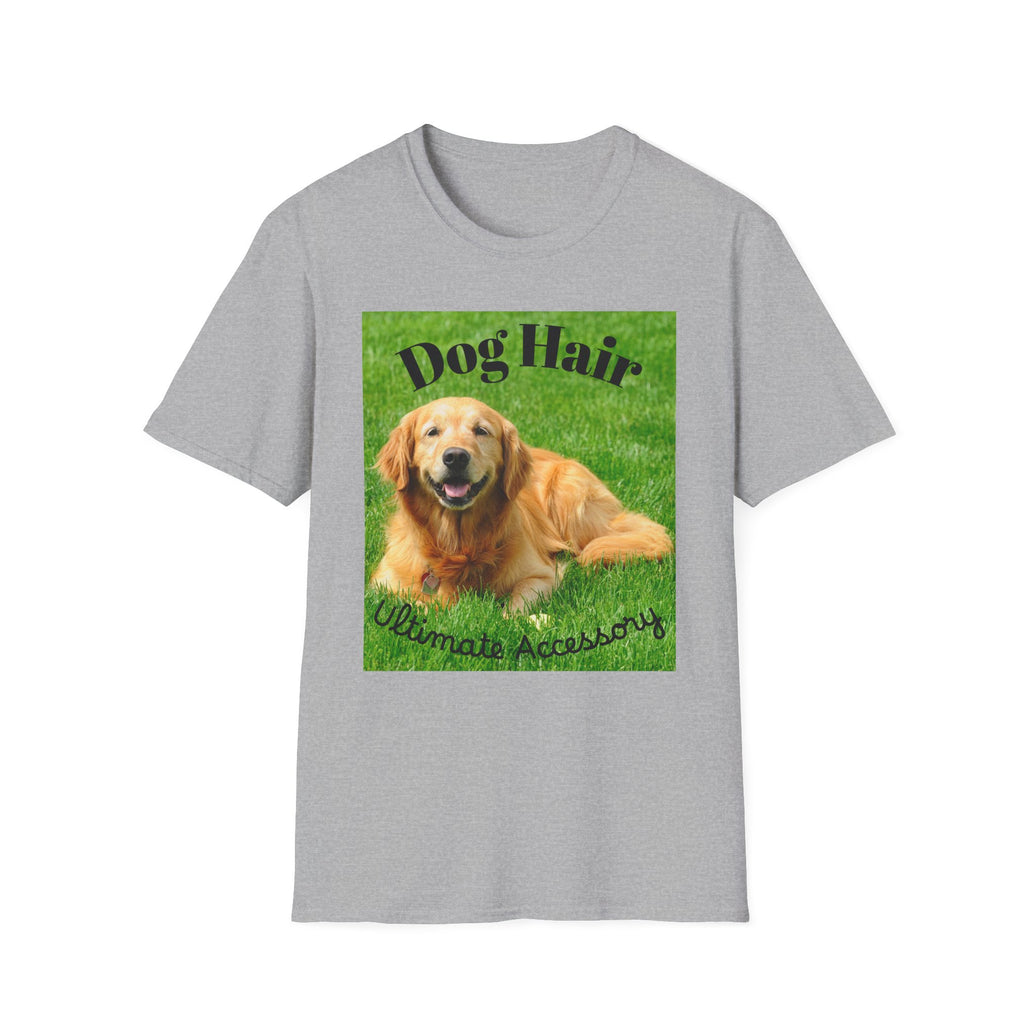
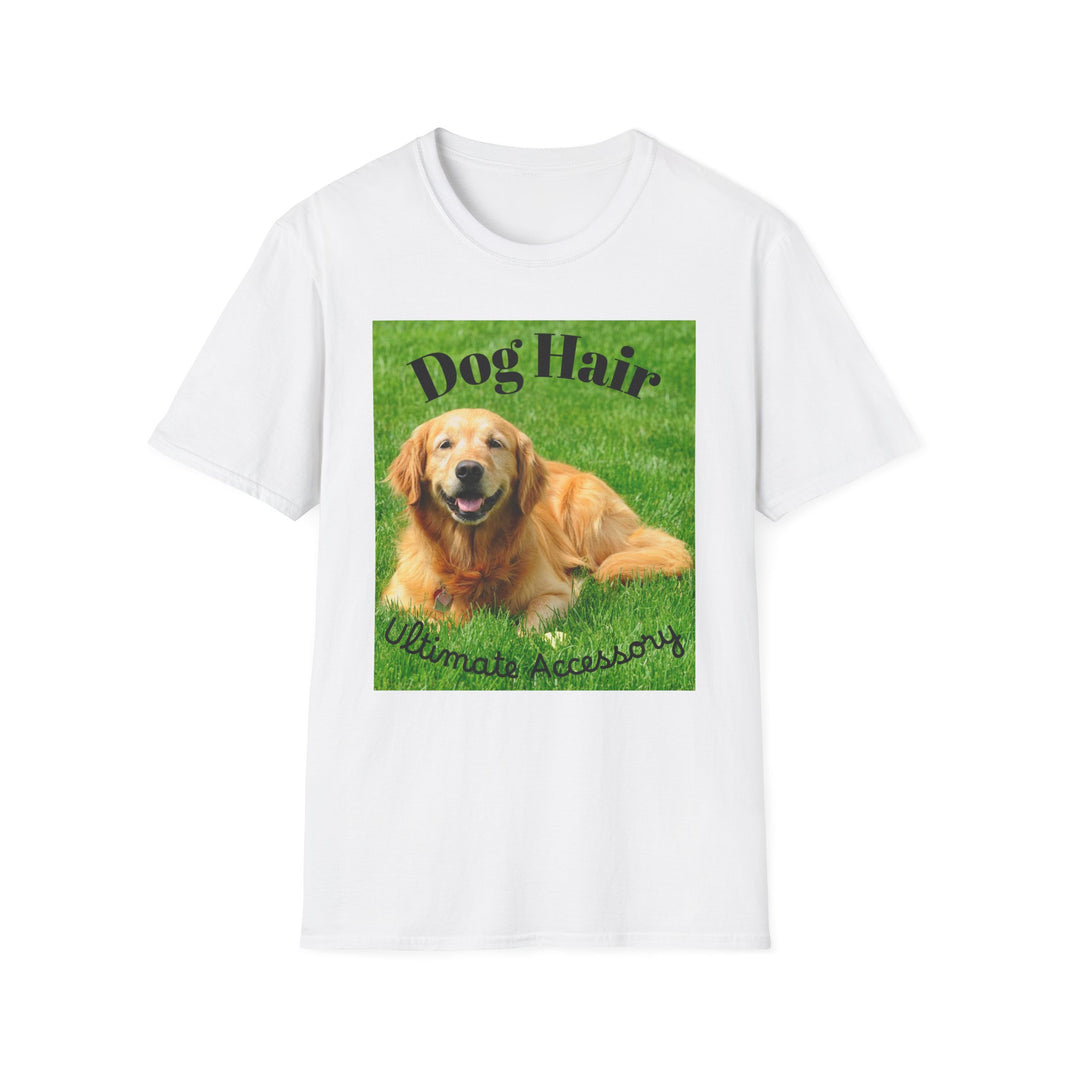
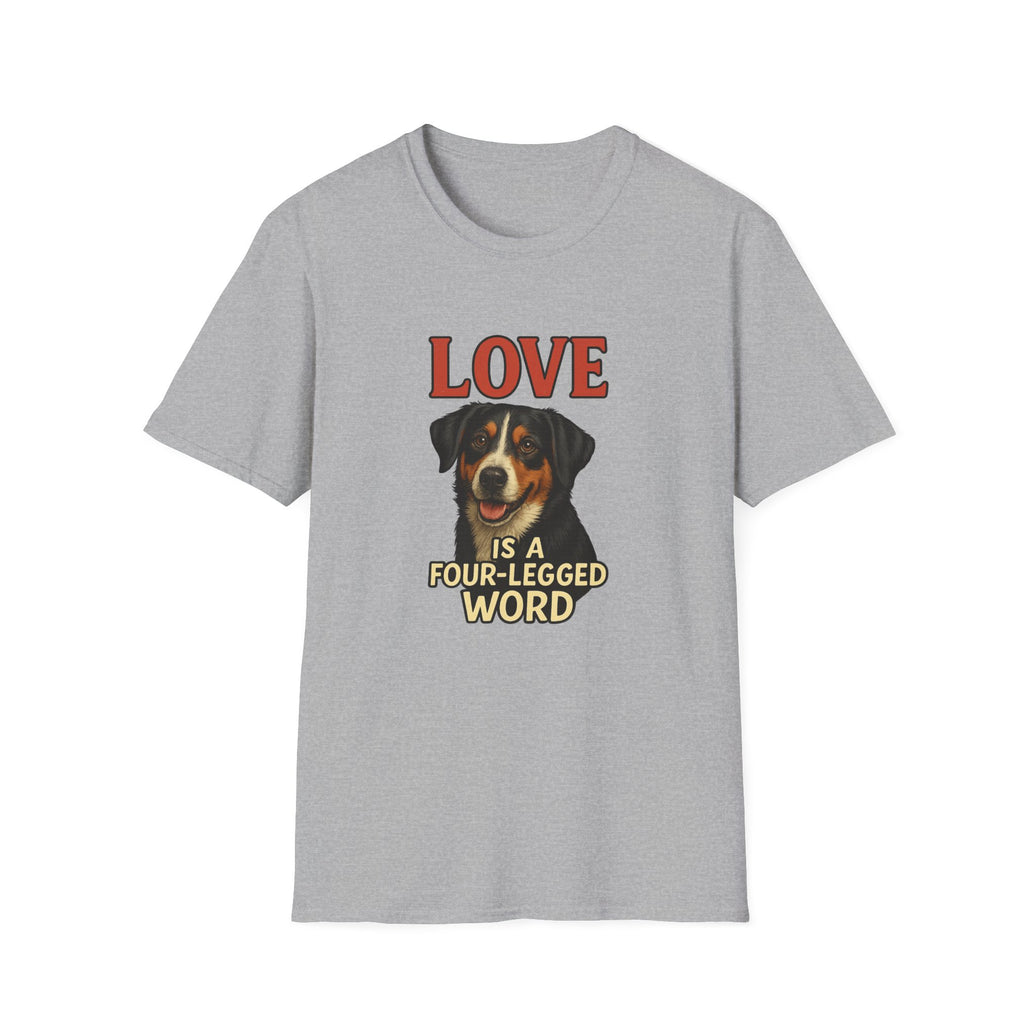

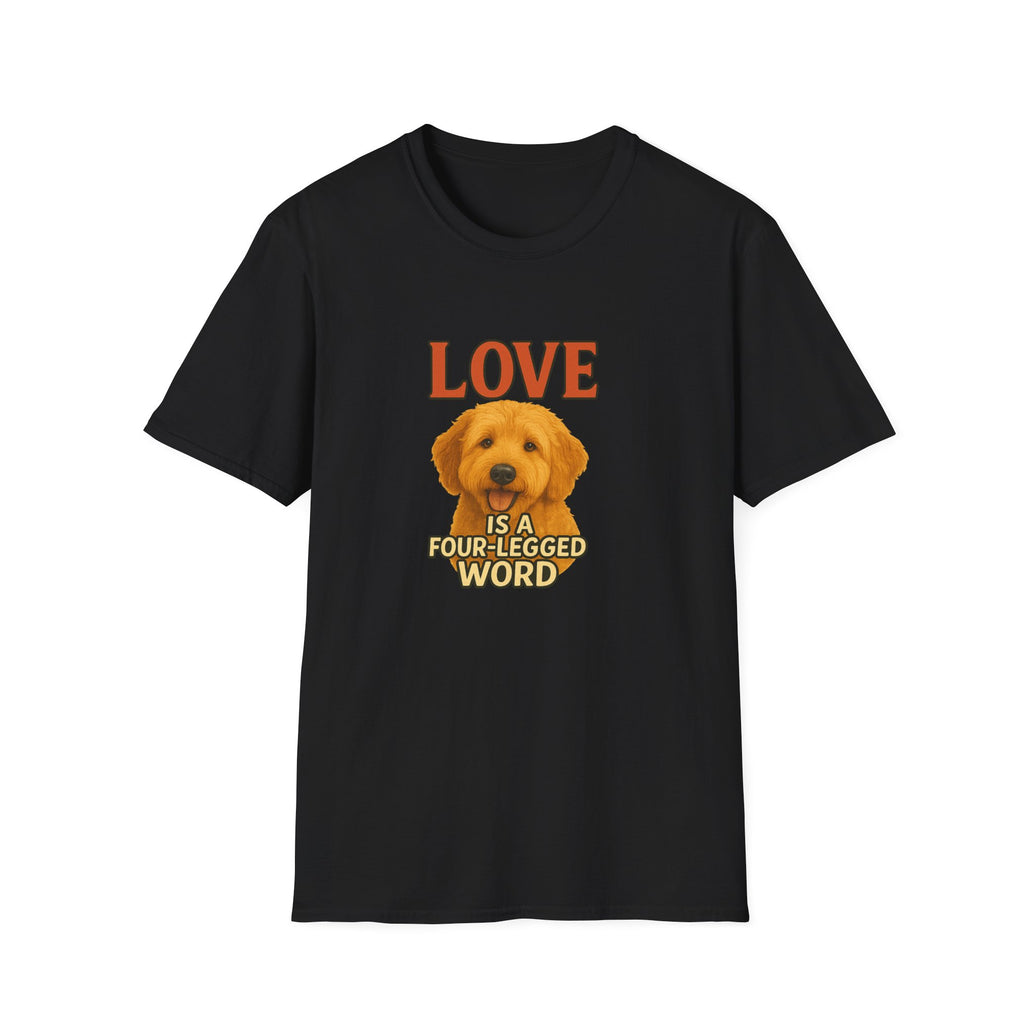
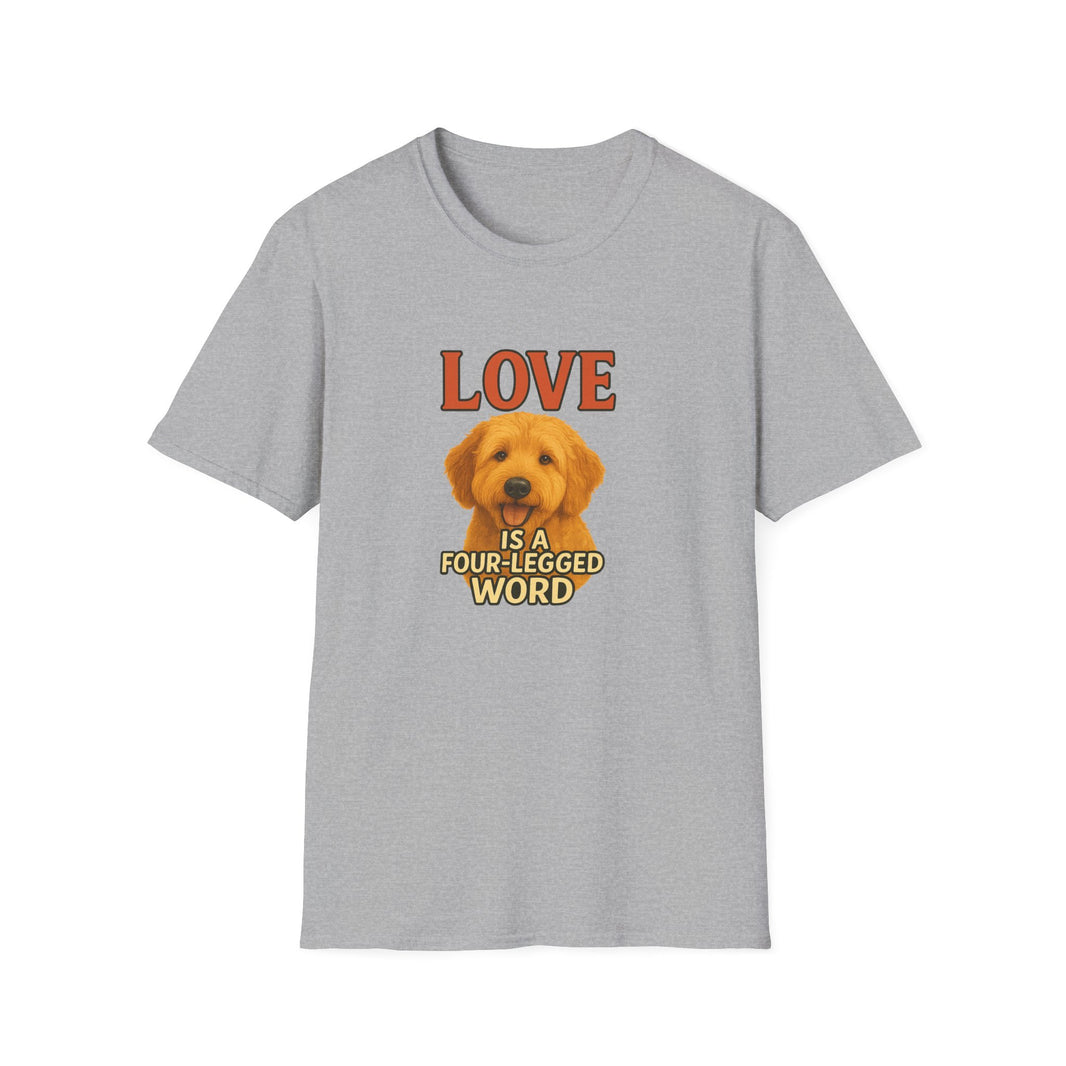



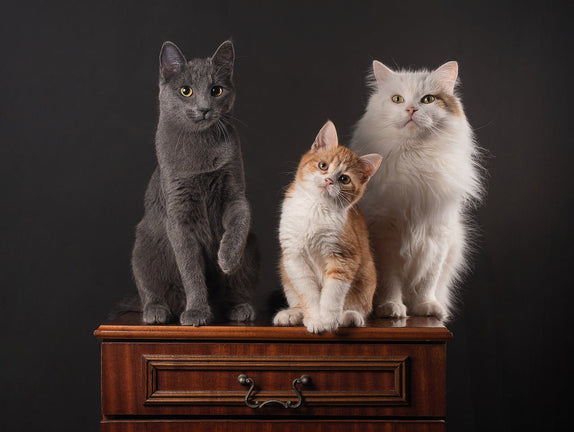
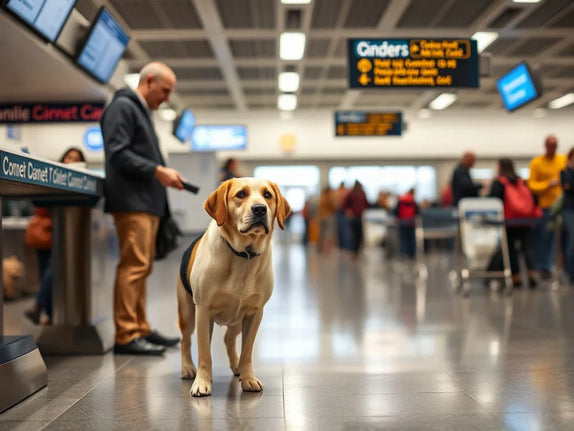

Leave a comment